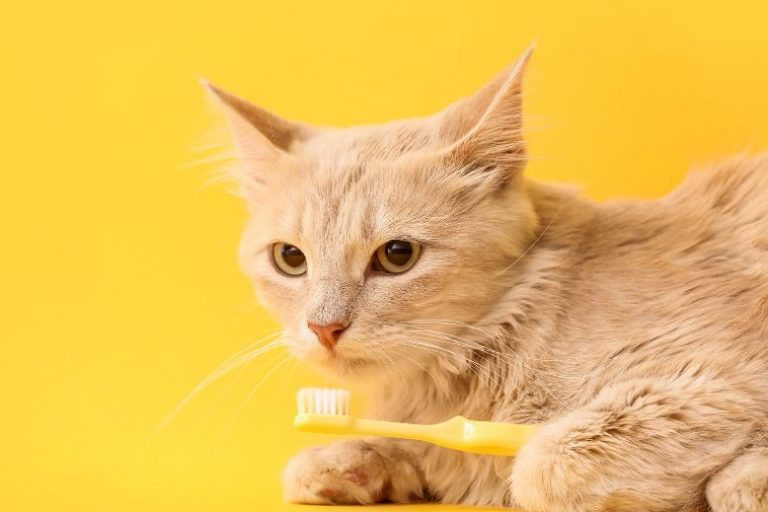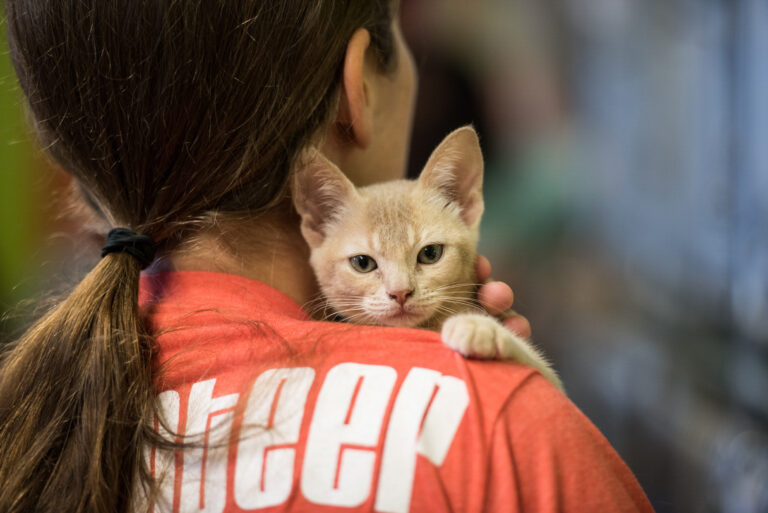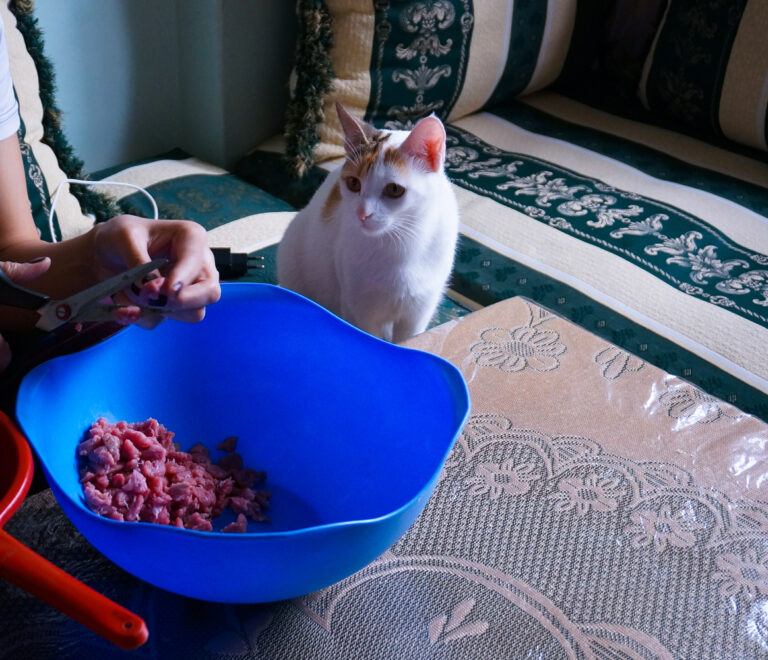February is Pet Dental Health Month, a time dedicated to raising awareness about the importance of oral hygiene for pets. Many cat owners overlook dental care, but maintaining your cat’s oral health is crucial for their overall well-being. Dental disease is one of the most common health issues in cats, with problems such as plaque buildup, gum disease, and tooth decay affecting their comfort and quality of life.
By following proper oral care practices, you can prevent dental issues and ensure that your cat enjoys a healthy, pain-free mouth. In this article, we’ll explore the best oral care practices for cats and how to incorporate them into your pet’s routine.
Table of Contents
Why Is Dental Health Important for Cats?
Dental problems in cats often go unnoticed because they are experts at hiding pain. However, untreated dental disease can lead to infection, tooth loss, and even serious health complications affecting the heart, liver, and kidneys. Some common dental issues in cats include:
- Plaque and Tartar Buildup – A sticky film of bacteria accumulates on teeth, hardening into tartar if not removed.
- Gingivitis – Inflammation of the gums caused by plaque buildup, leading to redness, swelling, and discomfort.
- Periodontal Disease – A more advanced stage of gum disease that can result in tooth loss and infection.
- Tooth Resorption – A painful condition where a cat’s teeth begin to break down and dissolve.
- Bad Breath (Halitosis) – Often a sign of an underlying dental problem.
By taking proactive steps, you can reduce the risk of these issues and keep your cat’s mouth in top condition.
Best Oral Care Practices for Cats
Brush Your Cat’s Teeth Regularly
Brushing is the most effective way to remove plaque and prevent tartar buildup. While not all cats will tolerate it immediately, patience and gradual training can make it part of their routine.
How to Brush Your Cat’s Teeth:
- Use a cat-specific toothbrush with soft bristles.
- Choose enzymatic cat toothpaste in flavors like chicken or fish (never use human toothpaste, as it contains harmful ingredients like fluoride).
- Start by letting your cat lick the toothpaste off your finger before introducing the brush.
- Gently lift your cat’s lip and brush in small, circular motions.
- Aim to brush at least 2-3 times per week for the best results.
If your cat resists brushing, there are other methods to support dental health.
Provide Dental Treats and Chews
Dental treats and chews can help reduce plaque and tartar buildup while giving your cat something enjoyable to snack on. Look for products that:
- Are approved by veterinary dental organizations (such as the VOHC – Veterinary Oral Health Council).
- Contain natural abrasives to help clean teeth.
- Are low in calories to avoid unnecessary weight gain.
While dental treats should not replace brushing, they are a good supplementary option for maintaining oral hygiene.
Use Dental Water Additives
Adding a dental water additive to your cat’s drinking water is an easy, low-maintenance way to promote fresh breath and reduce plaque formation. These solutions contain antibacterial agents that help control oral bacteria.
Tips for Using Water Additives:
- Start with a small amount to ensure your cat accepts the taste.
- Change the water daily to keep it fresh.
- Use only vet-approved additives to ensure safety.
Feed a Dental Diet
Some specially formulated dental cat foods are designed to reduce plaque and tartar. These diets contain larger, textured kibble that encourages chewing and mechanically cleans teeth.
If your cat is prone to dental issues, ask your vet about switching to a prescription dental diet that supports oral health.
Offer Natural Chewable Options
Certain safe, chewable items can help promote dental hygiene by naturally scrubbing the teeth. Options include:
- Raw bones (if approved by your vet).
- Freeze-dried meat treats that require chewing.
- Catnip-infused dental toys designed to encourage gnawing.
Always supervise your cat with new chewables to prevent choking hazards.
Schedule Regular Veterinary Dental Checkups
Annual dental exams and professional cleanings are essential for detecting early signs of dental disease. Your vet can assess your cat’s teeth and recommend treatments if necessary.
During a professional dental cleaning, your cat will be placed under anesthesia while the vet:
- Removes plaque and tartar buildup.
- Examines the gums for signs of disease or infection.
- Extracts any damaged or decayed teeth if needed.
Regular vet visits ensure that any dental issues are caught early before they become serious.
Watch for Signs of Dental Problems
Cats often hide pain, so it’s important to observe their behavior for signs of oral discomfort. If you notice any of the following, schedule a vet visit:
- Bad breath that doesn’t go away.
- Difficulty eating or chewing on one side of the mouth.
- Pawing at the mouth or excessive drooling.
- Red, swollen, or bleeding gums.
- Sudden weight loss due to decreased appetite.
Catching dental issues early can prevent pain and costly treatments down the road.
Common Myths About Cat Dental Care
- “Cats don’t need dental care because they don’t eat sugary foods.”
While sugar contributes to human cavities, plaque buildup and gum disease in cats come from bacteria, not sugar. - “Dry food keeps a cat’s teeth clean.”
While some dental kibbles are specially designed for oral health, regular dry food does not prevent plaque buildup. - “If my cat eats normally, their teeth must be fine.”
Cats instinctively hide pain, so they may continue eating despite severe dental problems. Always check their mouth regularly.
In Conclusion

February Pet Dental Health Month is the perfect reminder to prioritize your cat’s oral hygiene. Dental health is more than just fresh breath—it plays a crucial role in preventing painful diseases and improving overall well-being.
By incorporating brushing, dental treats, water additives, and regular vet checkups, you can ensure your cat maintains strong teeth and healthy gums. Small, consistent efforts will lead to a happier, healthier feline for years to come.







